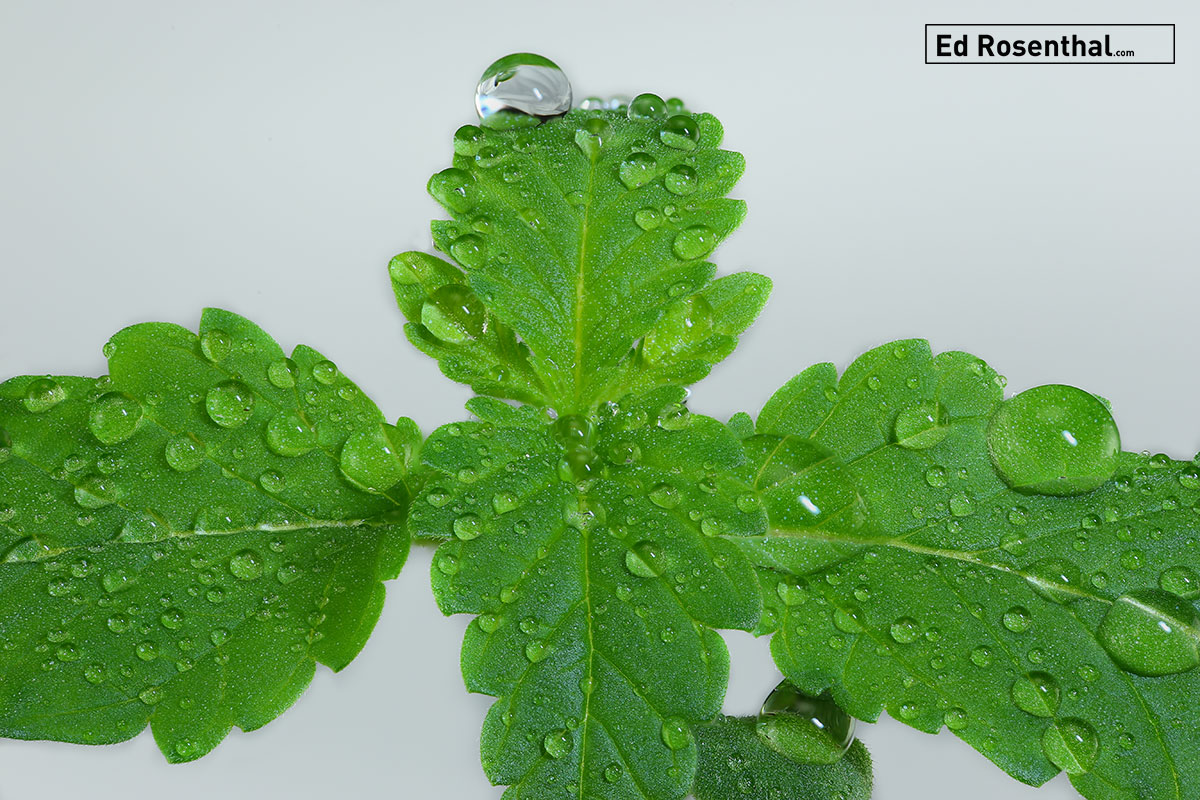The mystery of the cannabis seed: 3 reasons to imagine marijuana’s comparisons with human qualities
Grapefruit F3 cannabis seed photo by Dynasty Genetics
Cannabis is probably the single most anthropomorphized plant. There are many reasons to imagine marijuana’s comparisons with human qualities.
First: marijuana is an annual that completes its life cycle, from seed to plant to seed again, in a few months. You could say that every two days or so in the life of a marijuana plant is equal to a year of human life.
Second: cannabis is dioecious, meaning that plants are separated into males and females.
Third: the sexes are dimorphic: their life cycles are somewhat different and their appearances diverge as they age. Marijuana is the only annual that has two sexes.
Cultivation techniques also push us to think of marijuana somewhat differently from any other domesticated plant
Cannabis seed photo by Relic Seeds
Almost all other harvests, such as fruits and grains, are the bounty of fertilized flowers. However, marijuana harvests are best when the plant is kept from reproducing. To prevent this pollination, we treat the plant more like a member of the family than a farm crop. We limit her contact with the opposite sex and prevent sexual relations. The goal: virgin buds unspoiled by pollen.
We share an emotional tie with marijuana because of its ability to affect us subjectively. As a result, we sometimes think of the plants themselves as individuals, even naming them. Such names often denote our individual experiences or the sexuality of the plant.
As with humans, the reproductively ready female form of cannabis is the most desired, or at least most depicted and venerated in imagery. In most other mammals, as well as fish, birds, and reptiles, the male is usually on exhibition.
Our familiarity and symbiotic relationship with marijuana have made the plant seem like a friend, albeit one that can get you in a lot of trouble. Step back for just a minute and set aside your warm emotions. Take a fresh look at cannabis, and you will discover an organism from the plant kingdom that parallels our life form.
The Plant and the Seed
Cannabis Seeds
Do chickens produce eggs to make more chickens? Or do eggs produce chickens to make more eggs? It may seem like a frivolous question, until it is examined more deeply. The entire life of a plant, from seed to expiration, is spent mostly as an embryo enclosed in a pod. As soon as the seed germinates the plant begins its quest to grow and produce more seed before it dies.
As in human reproduction, the cannabis seed or embryo is the result of a complex set of parallel processes by the male and female reproductive organs, the flowers.
Male flower buds look something like pawnbroker’s balls. They hang down from the stem. As the five-petal white or cream colored flowers open they move to face upward, making it easy for the breeze to carry away the pollen. Each pollen grain contains two sperm cells. They are haploid, meaning each holds half a set of chromosomes.
Cannabis Seed Diagram
Once it catches the wind, the pollen floats until it is caught on an object. A small percentage alight on a female flower’s stigma. The female flower has no petals. It consists of two stigmas topping styles that attach to the ovary. A single ovule (think egg) also contains a haploid number of chromosomes.
When a pollen grain lands on a virgin stigma it is hydrated by a sugary liquid provided by its host. Once germinated, it grows a pollen tube that follows a path through the style to the ovary, where the single ovule is attached to the placenta at the base of the ovary’s inner wall.
The two sperm travel down the tube. One of them combines with the ovule to form the embryo. The other sperm combines with several eggs that have been modified in development, become infertile and gathered high energy food and tissue that lines the ovary called “endosperm.” The embryo grows as it receives nourishment from the plant through the placenta and it incorporates some of the endosperm. The rest is used for nourishment during germination. The pericarp, the seed coat, which has developed from the ovary’s outer wall, begins to harden as the seed matures and breaks away from the placenta, which dries up. The seed is now mature.
Marijuana seeds sprouting
Encased inside its hard shell, the embryo is in a state of near suspended animation. It can remain viable frozen for years and can survive heat spells as well. It is activated when the outer case is hydrated in warm temperatures, above 50°F (10°C). Within minutes of being moistened, the seed prepares for germination, which becomes visible as the tap root breaks the hard shell and emerges a few days later.
We may think that our brains make the important decisions of our lives, but for the most part they have been made for us, hardwired in genetic codes. For all our efforts, our consciousness cannot alter our path through life -– fetus, infant, toddler, child, adolescent, adult, geriatric, dead. Our growth and reproductive patterns are conveyer belts that never stop. Luckily, our brains don’t have much to say about how to grow teeth, where to place our eyes or how our digestive system works, because to the extent that it is able to interfere, it usually messes up.
Cannabis seedling by Dynasty Genetics
And so it is with plants –– they are pre-programmed to respond to environmental conditions in ways that echo what their progenitors experienced for the past millions of years. When you think about it, we are no better adapted to the environment than cannabis. We are all survivors. The rest are called extinct.
Join our cannabis community
Follow Us












